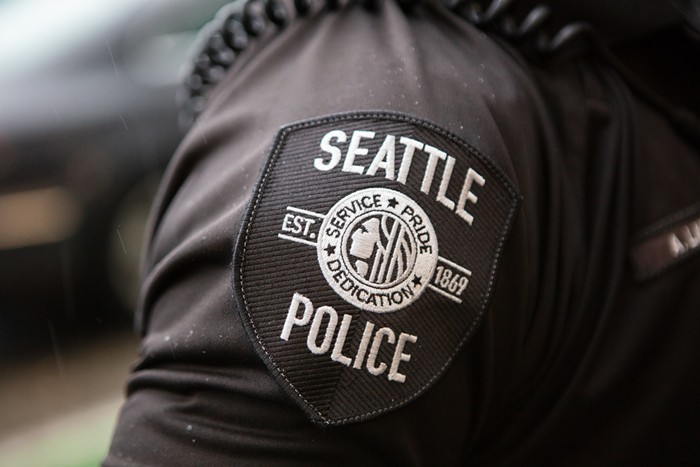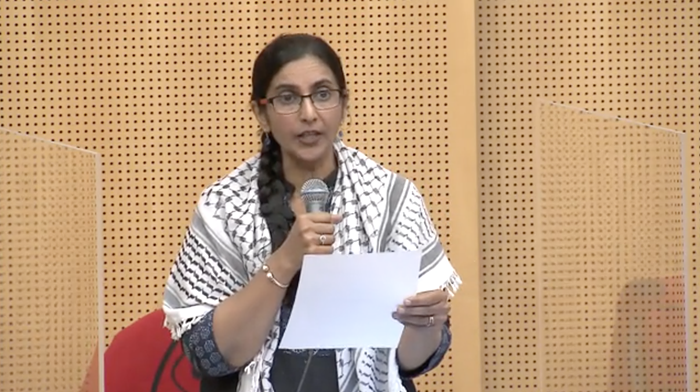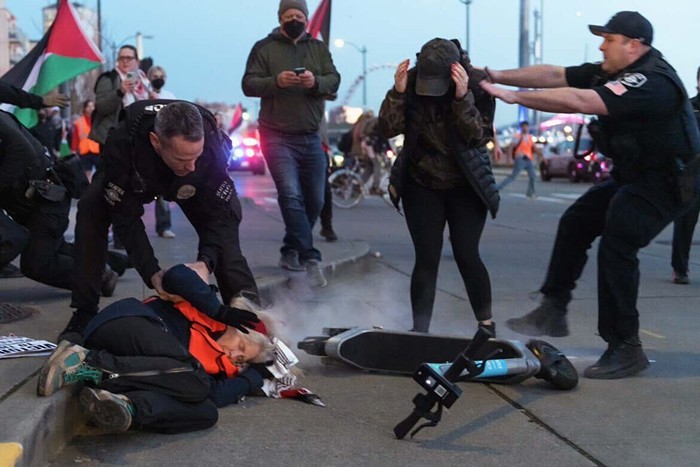
The City Council is being asked to approve $140 million in spending to replace the Seattle police department's three-decade-old North Precinct station, but it's clear from a marathon meeting this morning that several members are skeptical about the project—particularly its $160 million overall price tag.
The station would be one of the most expensive in the country. In comparison, Seattle's own 13-story downtown police headquarters cost $69.5 million to build in 2002.
The precinct station design calls for a three-story building with a community space, parking garage, and underground firing range where officers will undergo training.
"My hope is this will be the community's police station," said police chief Kathleen O'Toole. "I could see farmers markets there... Whatever the community wants—it's their space."
On the other hand, one city official said the design was influenced by the September 11 terrorist attacks in New York City. In a post-9/11 world, he said, officers shouldn't be "looking over their shoulders."
Opponents of the project organized a small protest ahead of the council meeting and cast the station as a "militarized bunker" during the council's public comment session.
"There's no reason to spend a single additional penny on policing or imprisonment," said Dean Spade, a Seattle University law professor. He called for the funds to be invested in mental health programs, drug treatment, housing, and financial support for low-income people.
If that sounds familiar, it's essentially the same argument that's been made against the $210 million replacement for the King County Youth Detention Center. As with that project, Ending the Prison Industrial Complex (EPIC) is organizing opposition to the police station.
The design for the building calls for ballistics-resistant glass and the ability to withstand a strong earthquake. It isn't a bombproof structure, as some activists alleged.
"We haven't made any decisions," said Council Member Debora Juarez, who represents the area where the station will built. "We're still looking at the price tag."
The station was built in 1984 with capacity for 154 staff. The department says it needs a new building with capacity for 284 officers and space to implement federally mandated training programs. The $160 million in funding comes from a variety of sources, including bonds and the sale of a downtown garage.
Lorena González and Mike O'Brien both asked a number of pointed questions about how certain price points were reached—the officials seated around the table did not have the answers ready. The city's head budgeter, Ben Noble, said that an earlier $88 million estimate was carelessly calculated.
"It's unacceptable when we've underestimated by almost 50 percent," said González. "I don't think that's responsible or transparent to the public."
The meeting ended on a slightly ominous note: O'Brien referenced a team of at least eight uniformed Seattle police officers, including members of the SWAT team, who stood silently outside the council chambers, out of earshot of the discussion.
"It was a much more contentious and raucous crowd when we were discussing the [SODO] arena," O'Brien said. "When communities of color turn out to discuss police, there's a police presence... I want to know what triggers a visible, uniformed police presence in City Hall."
The officers left as soon as the meeting ended, but one told me as he walked away that they were asked to be there. O'Toole told me she didn't request them. It's unclear why they showed up.
This post has been updated.


















